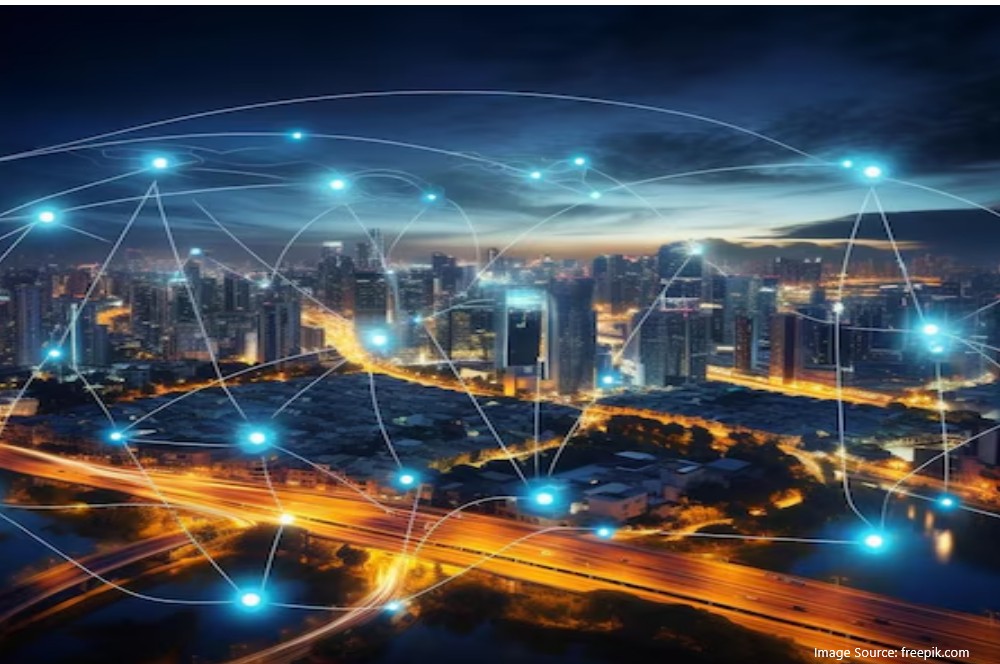
As Australia continues to evolve in response to urbanisation, technological advancements, and sustainability imperatives, the built environment, infrastructure, and digital landscape in Western Australia (WA), Queensland (QLD), Victoria (VIC), and New South Wales (NSW) are undergoing significant transformation. In 2025, these states are driving forward ambitious visions that integrate digital innovation, sustainable infrastructure, and smart urban development. Here’s a closer look at their key priorities and emerging trends.
Western Australia (WA): Digital Engineering and Renewable Energy Zones
Western Australia is leveraging digital engineering and data-driven decision-making to enhance infrastructure planning and development. The state is adopting digital twin technology, allowing real-time simulation and management of assets to improve operational efficiency.
One of the key infrastructure trends in WA is the push toward Renewable Energy Zones (REZs), aimed at co-locating renewable energy infrastructure for efficiency gains. With a vast landscape rich in natural resources, WA is positioning itself as a leader in large-scale green hydrogen production and battery storage technology, supporting a cleaner energy future.
Transport infrastructure is another major focus, with investments in METRONET, the state’s largest public transport initiative. This project integrates rail and road networks to facilitate connectivity and reduce urban congestion. Smart traffic management systems are also being implemented to optimise traffic flow and reduce emissions.
Queensland (QLD): Smart Cities and Sustainable Infrastructure
Queensland is at the forefront of smart city development, integrating technology into urban planning to improve liveability and sustainability. The state is heavily investing in solar-powered infrastructure, with initiatives such as integrating photovoltaic technology into roadways to generate clean energy for nearby residential communities.
Ahead of the Brisbane 2032 Olympics, the state is accelerating investments in transport infrastructure, including the Cross River Rail project, which will transform public transport connectivity in South East Queensland. The Olympic preparations also drive smart infrastructure development, focusing on sustainability and digital innovation.
Another key trend is the expansion of Renewable Energy Zones, ensuring Queensland meets its ambitious clean energy targets. The government is also focusing on decarbonising the construction industry through the use of sustainable materials and energy-efficient building designs.
Victoria (VIC): Digital Twins and Major Infrastructure Projects
Victoria is leading the way in digital transformation of infrastructure planning and management. The government is actively integrating spatially enabled digital twins, which provide a comprehensive 3D model of the built and natural environments. These digital tools improve decision-making in urban planning, asset management, and emergency response strategies.
Infrastructure-wise, Victoria is progressing with major transport projects, including the Suburban Rail Loop, which aims to improve connectivity between Melbourne’s outer suburbs. The Inland Rail project, a 1,600 km freight rail line connecting Melbourne and Brisbane, is also a key national infrastructure initiative that will enhance supply chain efficiency and reduce transport costs.
Victoria continues to push for a sustainable built environment, with Green Star-rated developments gaining momentum. The focus is on net-zero buildings, integrating energy-efficient design and construction methodologies to reduce carbon footprints in urban developments.
New South Wales (NSW): Urban Regeneration and Smart Transport
New South Wales is undertaking significant urban regeneration projects, particularly in Sydney, to address housing shortages and population growth. Plans for constructing 100,000 high-rise homes along key transport corridors from Burwood North to Broadway are in place, alongside investments in light rail and trackless tram systems to enhance public transport efficiency.
The state is also committed to digital transformation in infrastructure. Digital engineering is becoming the norm in major projects, streamlining design, construction, and asset management. The NSW Digital Twin Initiative is an important development, allowing planners and engineers to create detailed virtual models of cities and infrastructure networks.
Sustainability remains a priority, with NSW accelerating the adoption of renewable energy solutions and green building certifications to ensure long-term environmental benefits. The government is also focusing on smart energy grids and water conservation technologies to support a more resilient urban ecosystem.
The Future of Australia’s Built Environment and Digital Landscape
Across WA, QLD, VIC, and NSW, a shared vision is emerging: one that integrates technology, sustainability, and smarter infrastructure solutions to meet the challenges of the future. Digital twins, AI-driven asset management, smart transport, and renewable energy integration are shaping the next generation of cities and infrastructure projects.
As 2025 unfolds, these states will continue to innovate, ensuring that their built environments not only support economic growth but also enhance quality of life for their residents. With digital and sustainable advancements at the forefront, Australia’s construction and infrastructure sectors are set to become smarter, greener, and more resilient for generations to come.
Testimonials
Very professional and efficient organization. Delivered a great product to a tight deadline.
ACE Power
Karl and the team are very professional and have a vast knowledge of BIM coordination.
Dwayne Willaims Babinda Electrics
We had multiple large projects with tight deadlines and needed a company we could trust. The teams delivery, attention to detail and understanding of what is being designed is always executed to a high standard.
Martin O’Donovan Envar Engineers
Draftech offered a flexible and reliable approach to working collaboratively with our team. They met our expectations and quality requirements and also offered up new ideas.
Draftech have proven to be a valuable and trustworthy resource and we will continue to work with Draftech on other projects.
Simon Marsden Umow Lai
Draftech is different from others in the professionalism and features they provide.
The ability to walk through projects in real time online provides invaluable insight into problem areas and helps provide an efficient resolution on the spot without many phone calls, emails and the necessity for us to paw through countless drawings to understand the issues.
Todd Morris Manager - Air mech
Draftech were put forward to FIP Electrical as the solution to Coordinate, Model, carry out clash detection, provide Electrical Services Shop Drawings, as built documentation and completed electrical model.
Simon Thorpe FIP Electrical
In close collaboration Draftech set up all our systems and model deliverables. In this process Draftech have proven to be a valuable resource for us and demonstrated commitment, understanding and professionalism.
David Skelley DJCoalition
Draftech’s attention to detail and proactive nature throughout the project assisted us in identifying issues before becoming evident on site, saving us both time and unexpected costs.
Matt Payne PJM Engineering Services
They delivered very high quality Revit models and associated 2D documentation at key milestones, working to a tight budget and in strict accordance with the Architects’ BIM requirements.
Peter Thomas Geoff Hesford
We found Draftech’s work to be of high standard and the team delivered exactly as agreed, in fact, when we considered the project complete, Draftech put further resources into the project as they were not satisfied.
John Johnson Beca
Engaging Draftech during design gave us the tools to make smart decisions.
Hansen Yuncken Design Manager - Michael Harkins
The drafting service is timely, reliable and fit for purpose for the built environment.
Peter Harvey Harvey Industries
Draftech stands apart from other drafting services that we have previously used in their attention to detail and ability to adapt to the individual client’s requirements.
Doug Holt McCaig Aircon
I can confidently recommend Draftech as a solid and reliable supplier, and experts in their field. I look forward to working with them again in the near future.
Chris Behan Norman Disney & Young
After seeing the benefits Draftech provided us on the Townsville Hospital Redevelopment we have set up a relationship with Draftech and intend to continue to use their BIM knowledge and skills for our future projects.
Brad Lund Energy Power Systems
Draftech has no competition as they are in a class of their own.
John Boyes Babinda Electrics
Draftech Developments Drafting and Design Capabilities, in conjunction with their outstanding level of Client service and support has provided great solutions to our engineering and Drafting Design portions within our Gorgon Barrow Island Project.
Aaron Hazelton Applied Electro Systems Pty Ltd
Draftech set up necessary systems and workflows very quickly, but also setup auditable estimating and weekly cost tracking processes that we utilised, requiring little maintenance.
TOM PURDON MPM GROUP




























